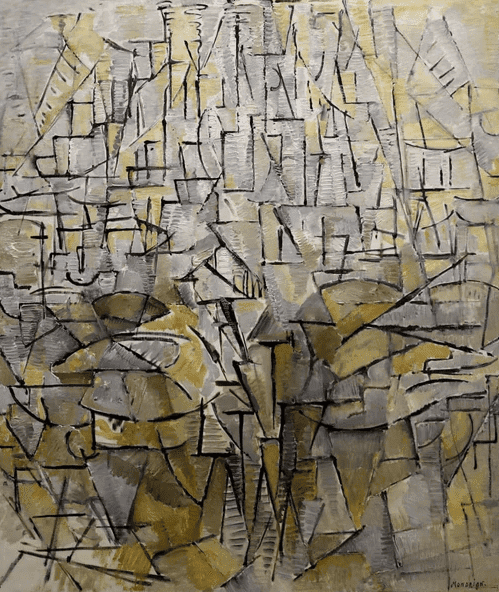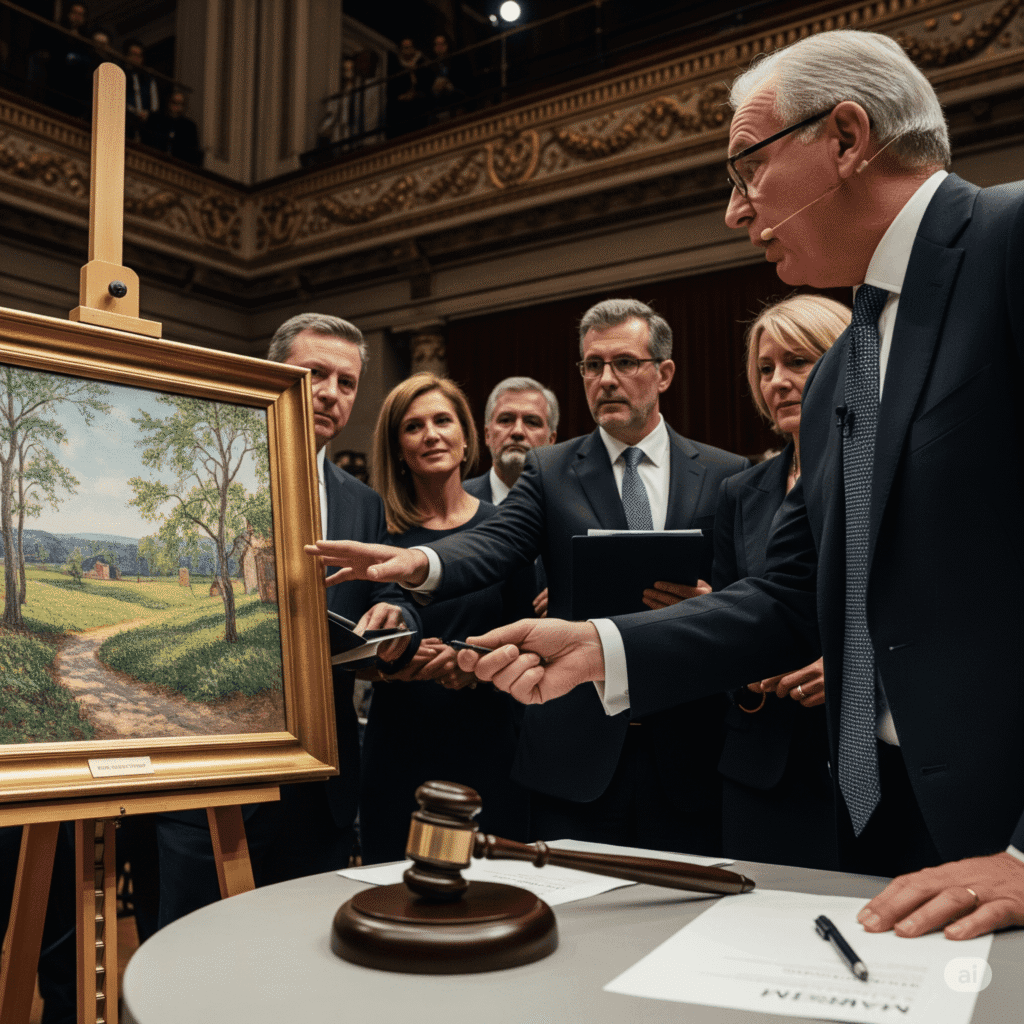Sustainability in Art: Eco-Friendly Trends in 2025
Introduction
Art has long been a reflection of society, and in 2025, the global consciousness around climate change, waste reduction, and ethical consumption has made its way firmly into the creative world. Artists, galleries, and collectors are embracing sustainability—not just as a trend but as a responsibility. From biodegradable materials to carbon-neutral exhibits, the art world is undergoing a powerful green revolution.
This blog post explores the most compelling eco-friendly trends in the art world in 2025, offering insights into how artists are redefining both creativity and environmental stewardship.
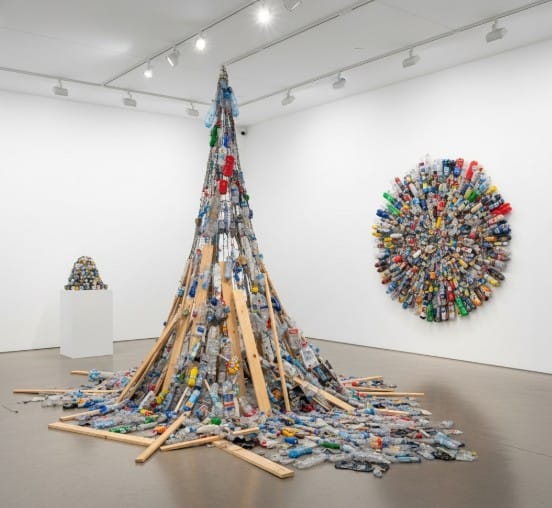
Why Sustainability in Art Matters
In an era dominated by environmental crises, the question is no longer whether sustainability should influence art but how deeply it should shape the future of creativity. The traditional art world has often been resource-intensive: oil-based paints, exotic woods, toxic resins, and international shipping all contribute to a sizeable carbon footprint.
By reimagining the creative process, artists and institutions are embracing sustainability in art to:
- Reduce environmental harm
- Raise awareness through storytelling
- Align with ethical and ecological values
- Attract environmentally conscious collectors
Top Eco-Friendly Art Trends in 2025
1. Recycled and Reclaimed Materials in Fine Art
One of the most prominent movements in 2025 is the use of found, salvaged, and recycled materials. Artists are transforming discarded objects into thought-provoking, gallery-worthy pieces.
Examples include:
- Sculptures made from ocean plastics
- Collages using newspaper scraps
- Furniture crafted from salvaged wood
These artworks not only reduce waste but often make powerful environmental statements about consumption and decay.
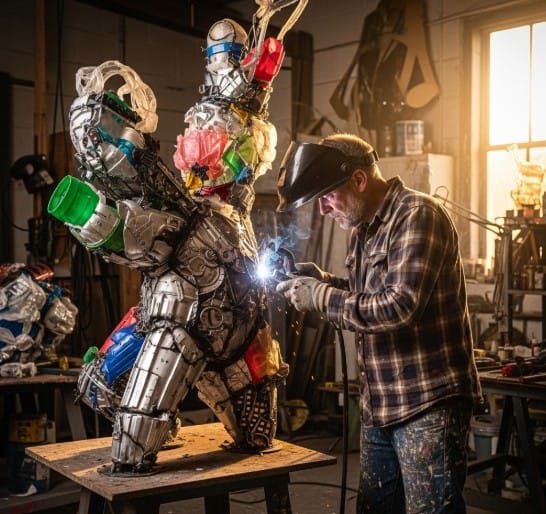
2. Plant-Based and Biodegradable Art Supplies
The demand for eco-friendly art supplies has skyrocketed. In 2025, many brands and artists are opting for:
- Plant-based inks and pigments (derived from berries, plants, or charcoal)
- Natural binders like gum arabic or egg tempera
- Compostable canvases made from hemp, bamboo, or organic cotton
These materials not only reduce chemical exposure but also ensure the artwork itself decomposes safely, if intended.
💡 Tip: Try switching from acrylic paints (which contain plastic) to natural watercolors or casein-based paints.
3. Digital and NFT Art with a Green Twist
While digital art and NFTs surged in popularity, concerns about blockchain’s environmental impact also grew. In response, 2025 has seen a rise in:
- Carbon-neutral NFT platforms
- Eco-conscious blockchain alternatives (e.g., Tezos, Polygon)
- Artists buying carbon offsets or planting trees per NFT sold
This trend allows creators to enjoy the benefits of digital ownership while minimizing their environmental footprint.
🔗 Learn more about sustainable NFTs
4. Low-Impact Installation and Exhibition Design
Galleries, museums, and public art festivals are rethinking how they present art. The focus is on:
- Using modular, reusable exhibit structures
- Employing LED lighting and renewable energy
- Printing with eco-inks on recycled display materials
- Reducing shipping through local artist spotlights
Even frames are going green—with sustainably harvested wood or recyclable aluminum becoming standard.
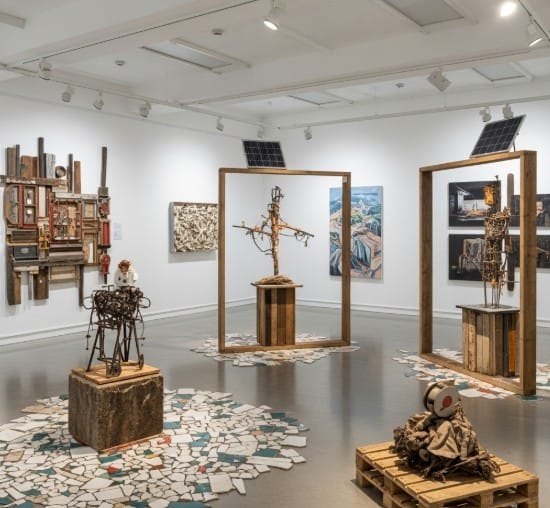
5. Environmental Storytelling as the Subject of Art
More than ever, the climate crisis is the subject of the artwork itself. Artists are channeling their voices to address:
- Deforestation and endangered species
- Climate migration and environmental justice
- Melting glaciers, rising sea levels, and pollution
These pieces serve as visual protests and urgent calls to action, engaging the viewer on both intellectual and emotional levels.
6. Localized Art Practices
The globalization of the art market has historically come with large emissions from shipping, travel, and production. In 2025, there is a marked shift toward:
- Creating and exhibiting locally
- Using locally sourced materials
- Collaborating with regional artisans to support traditional, sustainable techniques
This approach reduces environmental impact while deepening cultural connection.
7. Upcycled Fashion and Wearable Art
In the cross-section of art and fashion, wearable art made from repurposed textiles has gained momentum. Artists and designers are:
- Upcycling discarded clothes
- Incorporating traditional hand-looming
- Using eco-dyes and slow fashion principles
These pieces blur the line between installation and fashion, all while advancing sustainable consumption.
8. Community-Driven Eco-Art Projects
Environmental art is no longer confined to galleries. In 2025, community-based art initiatives are flourishing, with murals, land art, and sculpture parks made in collaboration with local residents.
Key features include:
- Eco-restoration art (e.g., planting art installations)
- River clean-up turned sculpture-making events
- Storytelling through indigenous eco-art traditions
These projects not only beautify public spaces but foster environmental stewardship and education.
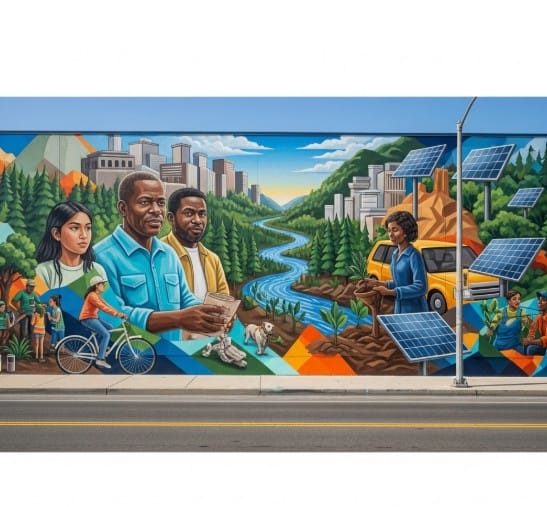
9. Sustainable Art Packaging and Shipping
For online art sales and e-commerce, packaging is a major concern. Artists and galleries are now choosing:
- Compostable mailers
- Recyclable cardboard packaging
- Plastic-free wrapping
- Bulk or consolidated shipping methods
Some even offer digital COA (Certificate of Authenticity) instead of paper, further reducing material waste.
10. Green Certifications and Eco Labels in Art
Just as consumers look for organic or fair-trade labels in food, art buyers are demanding transparency. In 2025, eco-labels and certifications are becoming common practice.
Artists and institutions are voluntarily adopting standards like:
- Eco-Art Verified (nonprofit-led certifications)
- Carbon Neutral Certified Studio
- Ethically Sourced Materials Declaration
This makes it easier for collectors to support sustainable art practices and distinguish genuine efforts from greenwashing.
How Collectors and Buyers Can Support Eco-Friendly Art
If you’re an art lover or buyer, here are practical ways to support sustainability in art:
- Prioritize artists using natural or recycled materials
- Support local art to reduce shipping impact
- Ask about packaging and delivery methods
- Invest in digital art on green platforms
- Commission eco-art for your home or office
Every purchase becomes a vote for the kind of world you want to live in.
ISKUSS: Our Commitment to Sustainability
At ISKUSS, we believe in art that not only expresses the soul but respects the Earth. We’re committed to:
- Featuring artists who use sustainable materials
- Encouraging cultural storytelling through eco-conscious techniques
- Offering digital galleries to reduce travel and shipping emissions
Explore our ever-evolving collection of sustainable and globally inspired artworks at ISKUSS.

Conclusion
As we move through 2025, sustainability in art is no longer a fringe idea—it’s an essential and inspiring part of contemporary creativity. From materials and methods to storytelling and community, artists are proving that beauty and responsibility can coexist.
Whether you’re an artist, curator, or collector, now is the time to reimagine how we create and consume art in harmony with the planet.
Let your next artwork not only speak to the heart—but also stand for the Earth.
